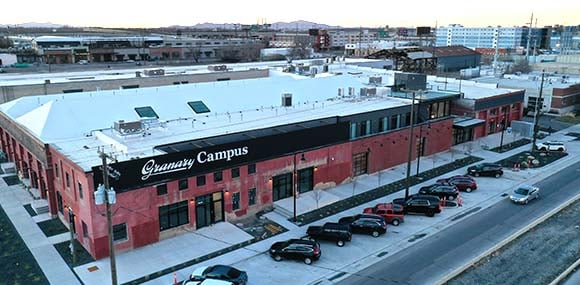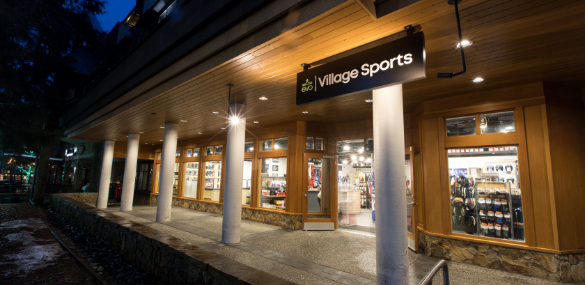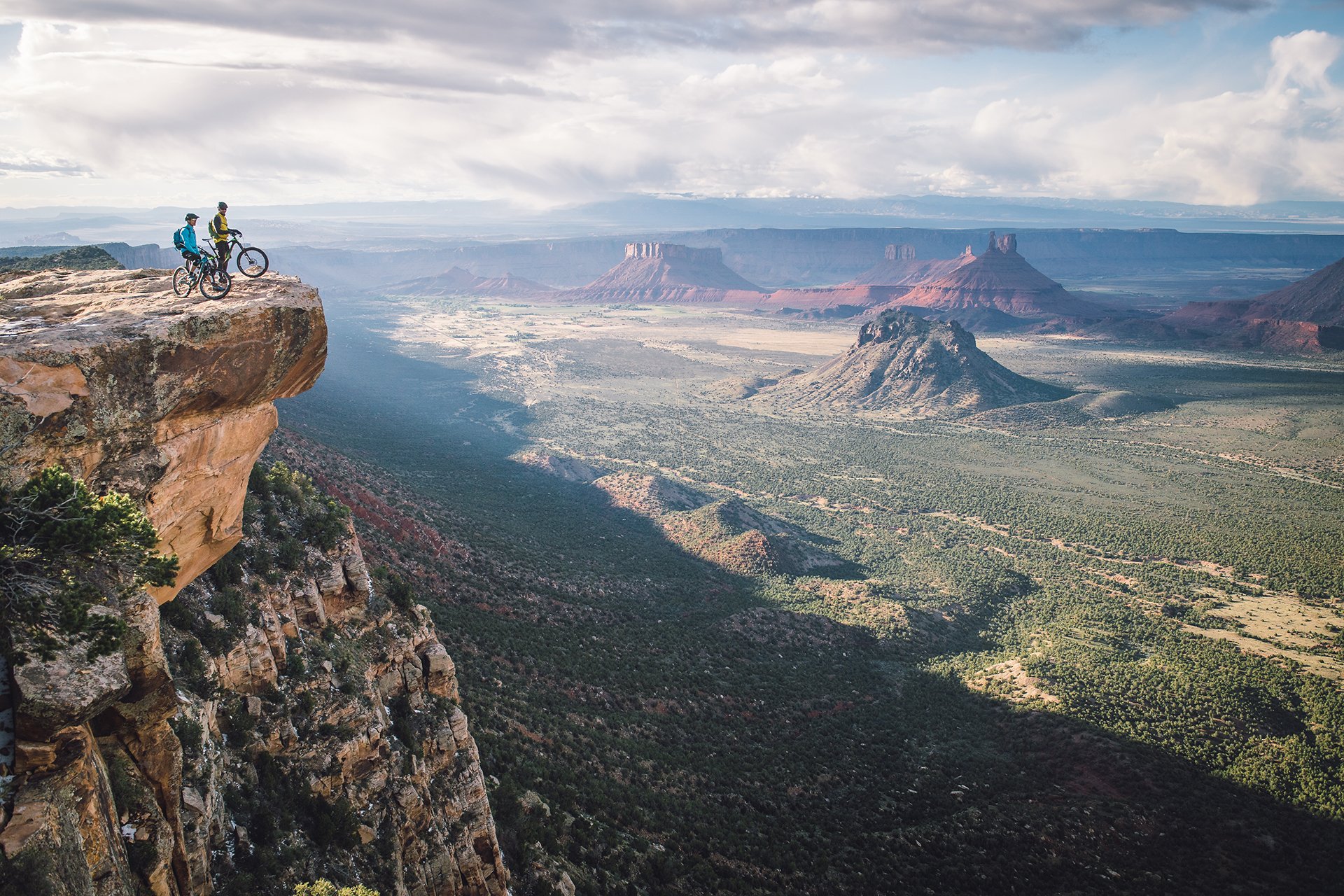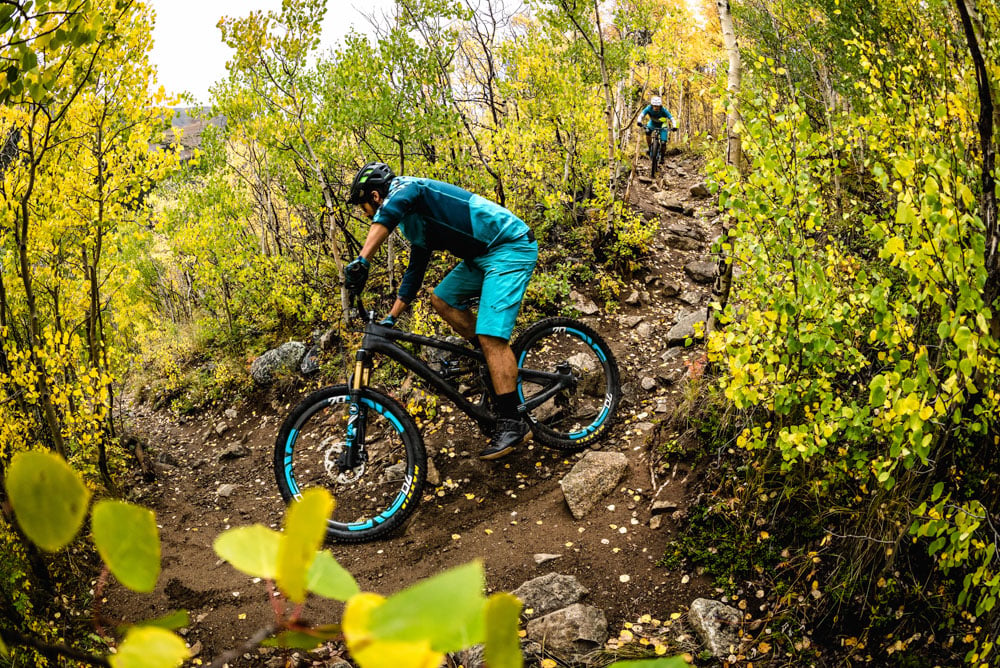How to Get Started Mountain Biking
With endless opportunity for adventure and amazing riding in every corner of the globe, mountain biking is one of the best ways to get outside and explore the outdoors. However, figuring out how to get started mountain biking can be a daunting task. With the great opportunities that the sport presents comes an equally large set of gear, techniques, and trails to navigate. While it may be confusing at first, it’s important to have a basic understanding of mountain biking before you hop on the bike and start pushing the pedals. This will ensure you’re able to have the most fun possible, because at the end of the day, that’s what it’s all about: getting outside and having a good time.
- What kind of riding will you be doing?
Sure, we all love watching videos of the pros hucking big air and ripping technical trails, but it’s important to be realistic about the type of riding you’ll actually be doing. Get an idea for what types of trails are available in your area, and what style of riding appeals to you. There are specific mountain bikes for specific types of riding, as well as bikes that can do a little bit of everything. You’ll get the chance to try out different styles when you demo bikes. Getting an idea of what trails you’ll be riding most often -- be it smooth flow trails, dirt forest roads, or technical downhill trails -- will help you choose a proper pony (aka mountain bike). - Think long-term:
Do you see yourself progressing and wanting to upgrade in a year? In 3? Should you skip the in-between-more-affordable-bike step and spend abit more now to avoid spending more later? Are you keen to eventually make trips to Whistler’s bike park? A hardtail 29er won’t be great for charging down A-Line... Want to go on multi-day bikepacking adventures? A 6-inch travel bike without a lockout isn’t going to be ideal for long days in the saddle… Thinking ahead can save you a lot of time, money, and hassle and help you get a bike that’ll best suit your needs both now and in the future.
Mountain Bike Styles & Features
There are several styles of mountain bikes, built to handle different kinds of terrain. Thinking about the kind of trails you’ll be riding is a great way to narrow down the different styles of bikes. Check out our full guide on mountain bike styles.
Once you have a general idea of what style of mountain bike you want to try, it's time to do some research on the different parts that make up the bike. There is a lot that goes into making a mountain bike ride the way it does, with each component playing a part. While some mountain bikers obsess over each and every component on their bike, there are a couple main areas to focus on.
Wheel Size:
Although geometry plays a huge role in how a bike handles, the general rule of thumb is that bigger wheels roll better over obstacles, while smaller wheels are more maneuverable.Frame Size & Geometry:
Most mountain bikes offer on an extremely low standover height, so the traditional method of standing over the bike flat-footed doesn’t really work. Consequently, mountain bike manufacturers use Small, Medium, Large sizing and give their own size recommendations based roughly on your height.Suspension:
Bumpier trails with hefty drops and big jumps typically warrant more suspension (i.e. longer travel). On the other hand, high mileage singletrack and tighter, technical terrain that involves a fair amount of pedaling tends to benefit from less suspension (i.e. shorter travel).Rental Mountain Bikes
After ogling the latest and greatest on the glowing screen, it’s time to get out and try some bikes. Renting is really the best way to find out what bike is right for you. Testing before you ride can help you decide on things like wheel size, frame size, and flat out what feels best (although the least technical, ‘feel’ should trump all else). Make sure the rental bike is set up properly, from suspension sag to the position of the brakes on the handlebars. If you have pedals already, bring those for the rental. Ride it like you own it, don’t be scared because it's not yours. Make sure you take notes after your ride, too, that’ll help you remember the subtle differences between mountain bikes. At evo, the price of up to three rentals will be applied to the price of a bike.evo Portland Mountain Bike Rentals
evo Denver Mountain Bike Rentals
evo Salt Lake Mountain Bike Rentals
evo Snoqualmie Pass Mountain Bike Rentals
evo Whistler Mountain Bike Rentals
Buy Your New Bike!
Once you’ve weighed all of these various factors from style, to geometry, to on-trail performance, it’s time to take the plunge and buy the bike. Get stoked, because new bike day is the best day!Rental and demo bikes are available at evo Seattle, evo Portland, evo Denver, evo Whistler, evo Salt Lake, and evo Snoqualmie Pass. (Note: The cost of up to three bike demos can be applied toward the final cost of purchasing a new or used bike from us.)
Accessories & Other Necessities:
Now that you’ve got that shiny new bike, you’ll need just a couple more accessories to get you out and on the trail. For mountain biking, it’s very important to have not only a helmet and pads, but also a basic repair kit to fix problems, like flat tires, that might arise on the trail. All mountain bikers should use a helmet and carry a repair kit at a minimum. A pair of padded bike liner shorts will go a long way towards making your ride more comfortable, especially if you’re not used to spending hours in the saddle. Depending on your riding style, pads are highly encouraged.A basic repair kit should include:
- A spare tube
- Tire levers
- Patch Kit
- Multi Tool
- Pump or CO2 Inflator
- Zip Ties
Where to Ride Your New Mountain Bike?
Once you have your mountain bike kit dialed, it’s finally time to get out and explore the trails. Finding new places to ride is one of the most rewarding parts of mountain biking, but can also be stressful or confusing. Thankfully, there are some great resources online that can help you find the trails in your area that best fit your riding. Check out evo’s mountain bike trail guides. The Trailforks app (available for Android and iOS) can also be a great tool to find trails in your area, with maps, difficulty ratings, reviews, and more.Take a Class & Learn Basic Techniques
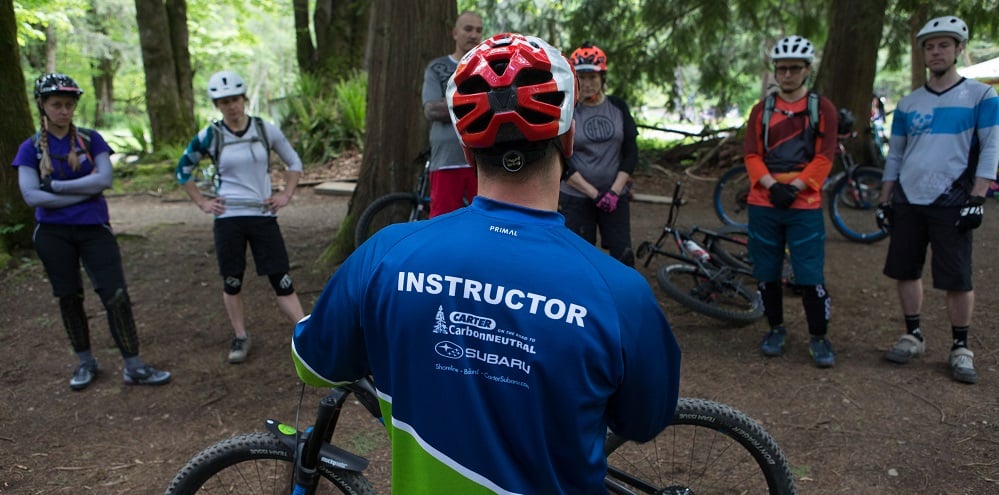
The techniques used to navigate the rough terrain encountered while mountain biking are different than just cruising around on pavement. While we’d recommend taking a class to gain some foundational skills and meet riding buddies that are at your same ability level, we’ve outlined some basics below:
Climbing / Uphill
- Raise your seat: Your leg should be almost all the way extended at the bottom of your pedal stroke. This gives you the most power and is the easiest on your muscles.
- Stay Seated: Standing up might on steep climbs might have worked on pavement, but on loose dirt the lack of weight on the rear tire will often result in rear wheel slip. Stay seated unless you really need the extra oomph to help your back tire roll over an obstacle.
Descending/Downhill
- Relax: Don’t death-grip the handlebars, and try to remain relaxed throughout your body. This will smooth out the ride, and actually give you more control. If you are tight and jerky, you’re more likely to make drastic movements that can throw you off the bike.
- Drop your seat: You don’t need the pedalling efficiency of a high seat on the way down, so drop it and get it out of your way. Dropping your seat gives your body more room to maneuver.
- Stand up: Even though your bike has suspension, your legs and arms are some of the best shock absorbers around. Standing on the pedals and getting your butt out of the saddle allows your (relaxed) body to help smooth out your ride. Both your knees and elbows should be slightly bent to be ready for impacts, and give you the most control through rough terrain.
Volunteer & Give Back
Where do all of the awesome mountain bike trails come from? They certainly don’t appear from thin air. Most mountain bike trail systems are built in partnership with public lands and local mountain biking groups. The construction of new trails relies heavily on time and money volunteered by the local community. Putting in some time digging is a great way to give back to the local riding community, and also to meet more riding partners.More Questions?
More questions? We have an awesome team of experts that would love to offer advice and assist you in getting started mountain biking or help narrow down a rig that’d best suit your needs.Learn More With Our Other Bike Guides:
How to Choose a Mountain Bike
Mountain Bike Sizing and Fit Guide
How to Get Started Mountain Biking
How to Choose a Mountain Bike Wheel Size
Mountain Bike Suspension Basics
Women's Mountain Bike Buyer's Guide
How To Get Started Gravel Biking
Electric Mountain Bike Buyer's Guide
Classes of eBikes
Travel Guides - Where to Mountain Bike
Travel Guides - Where to Ride eBikes
Mountain Bike Cockpit Setup & Seat Height
How to Choose a Mountain Bike Dropper Post
How to Choose Mountain Bike Tires
How to Choose Mountain Bike Handlebars
How to Choose Mountain Bike Pedals
How to Choose Clipless Pedals, Shoes & Cleats
How to Choose a Bike Seat / Saddle
Women's Mountain Bike Gear & Clothing Guide
How to Choose MTB Knee Pads
Bike Helmet Size & Fit Guide
How to Choose Bike Shoes
Shimano Groupset Hierarchy Explained
SRAM Groupset Hierarchy Explained
SRAM vs Shimano Groupsets Compared
What to Bring Mountain Biking
What to Wear Mountain Biking
Mountain Bike Tire Pressure Guide
Mountain Bike Maintenance Schedule
How to Clean a Mountain Bike
How to Change Bike Pedals
How to Bleed SRAM Brakes
How to Bleed Shimano Brakes
How to Convert to Tubeless Tires
How to Replace Internal Cable Housing
How to Adjust Your Rear Derailleur
How to Replace a Bike Chain
How to Fix Bike Creaks & Noises
This is evo. We are a ski, snowboard, wake, skate, bike, surf, camp, and clothing online retailer with physical stores in Seattle, Portland, Denver, Salt Lake City, Whistler, and Snoqualmie Pass. Our goal is to provide you with great information to make both your purchase and upkeep easy.
evo also likes to travel to remote places across the globe in search of world-class powder turns, epic waves, or legendary mountain biking locations through evoTrip Adventure Travel Trips. Or, if you prefer to travel on your own, check out our ski & snowboard resort travel guides and mountain bike trail guides.
Still have questions? Please call our customer care team at 1.866.386.1590 during Customer Care Hours. They can help you find the right setup to fit your needs.






